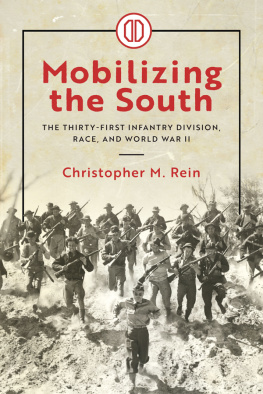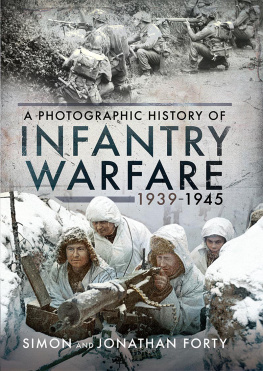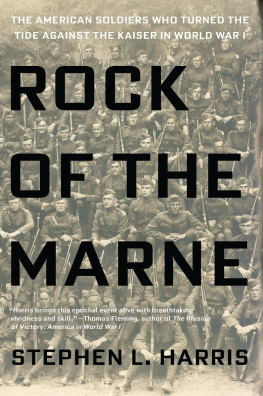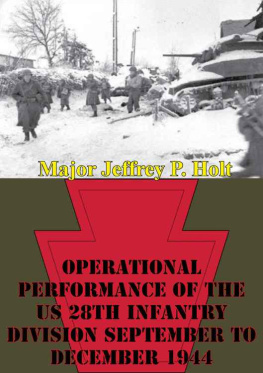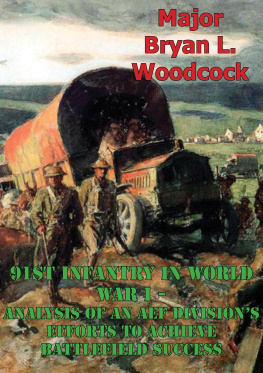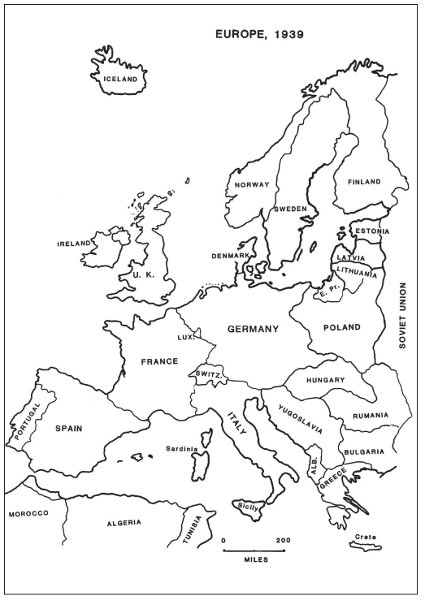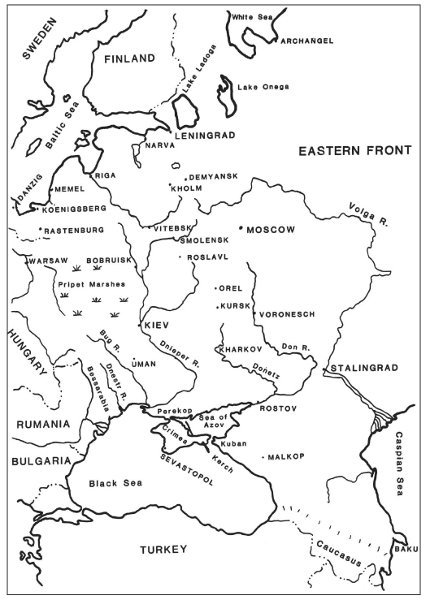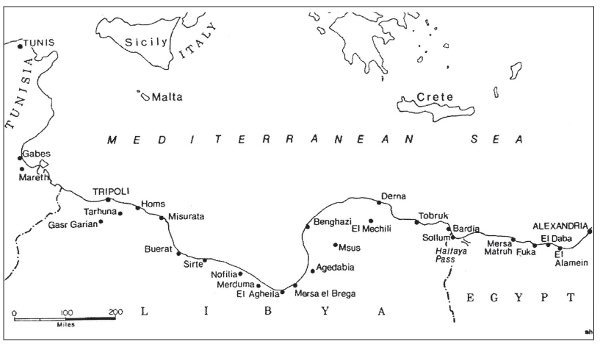Other titles in the Stackpole Military History Series
THE AMERICAN CIVIL WAR
Cavalry Raids of the Civil War
Picketts Charge
Witness to Gettysburg
WORLD WAR II
Armor Battles of the Waffen-SS, 194345
Army of the West
Australian Commandos
The B-24 in China
Backwater War
The Battle of Sicily
Beyond the Beachhead
The Brandenburger Commandos
The Brigade
Bringing the Thunder
Coast Watching in World War II
Colossal Cracks
D-Day to Berlin
Eagles of the Third Reich
Exit Rommel
Flying American Combat Aircraft of World War II
Fist from the Sky
Forging the Thunderbolt
Fortress France
The German Defeat in the East, 194445
German Order of Battle, Vols. 2 and 3
Germanys Panzer Arm in World War II
Grenadiers
Infantry Aces
Iron Arm
Luftwaffe Aces
Messerschmitts over Sicily
Michael Wittmann, Vols. 1 and 2
The Nazi Rocketeers
On the Canal
Packs On!
Panzer Aces
Panzer Aces II
The Panzer Legions
Retreat to the Reich
Rommels Desert War
The Savage Sky
A Soldier in the Cockpit
Stalins Keys to Victory
Surviving Bataan and Beyond
Tigers in the Mud
The 12th SS, Vols. 1 and 2
THE COLD WAR / VIETNAM
Flying American Combat Aircraft: The Cold War
Land with No Sun
Street without Joy
WARS OF THE MIDDLE EAST
Never-Ending Conflict
GENERAL MILITARY HISTORY
Carriers in Combat
Desert Battles
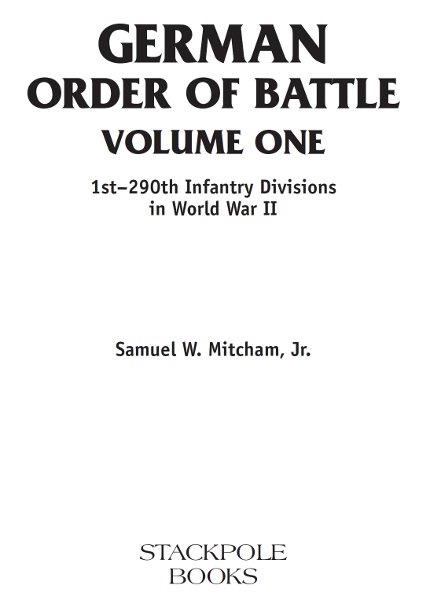
Copyright 2007 by Samuel W. Mitcham, Jr.
Published by
STACKPOLE BOOKS
5067 Ritter Road
Mechanicsburg, PA 17055
www.stackpolebooks.com
All rights reserved, including the right to reproduce this book or portions thereof in any form or by any means, electronic or mechanical, including photocopying, recording, or by any information storage and retrieval system, without permission in writing from the publisher. All inquiries should be addressed to Stackpole Books, 5067 Ritter Road, Mechanicsburg, PA 17055
This is a revised and expanded edition of HITLERS LEGIONS by Samuel W. Mitcham, Jr., originally published in one volume by Stein and Day. Copyright 1985 by Samuel W. Mitcham, Jr.
Cover design by Tracy Patterson
Cover photo courtesy of HITM Archive, www.hitm-archive.co.uk
Printed in the United States of America
10 9 8 7 6 5 4 3 2 1
Library of Congress Cataloging-in-Publication Data
Mitcham, Samuel W.
German order of battle / Samuel W. Mitcham, Jr.
p. cm. (Stackpole military history series)
Includes bibliographical references and .
ISBN-13: 978-0-8117-3416-5
ISBN-10: 0-8117-3416-1
1. Germany. Heer. Infanterie. 2. Germany. HeerHistoryWorld War, 19391945. 3. World War, 19391945Regimental historiesGermany. 4. GermanyHistory, Military20th century. I. Title.
D757.3.M57 2007
940.54'1343dc22
2007 014285
eBook ISBN: 9780811744904
Table of Contents
Introduction
As a young graduate student recently discharged from the U.S. Army, I started writing a book entitled Hitlers Legions: The Order of Battle of the German Army, World War II in the mid-1970s and finished it seven years later. Since that time, a huge amount of literature on the order of battle of the German armed forces and their commanders has become availableso much so that Hitlers Legions became obsolete. The purpose of this book, and its companion volumes, is to replace the original, to present the order of battle of the German ground forces in World War II, and to trace each division from inception to destruction. I also (insofar as is possible) have listed the divisional commanders and the dates they held command. If they were promoted, killed, or wounded during their tenure, I have included this information as well. I only regret that I was not able to give a short biography of each commander, as I did in Panzer Legions and in the endnotes of some of my earlier books.
I would like to thank Chris Evans, the history editor at Stackpole Books, for suggesting this project, and David Reisch at Stackpole for all of his help. I would also like to thank Melinda Matthews, the head of the interlibrary loan department at the University of Louisiana at Monroe, for her usual superb job in tracking down reference material, as well as anyone else who provided useable information for this project. Sincere appreciation is also extended to Paul Moreau and Dr. Donny Elias for their help and encouragement. Most of all, I would like to thank my long-suffering wife, Donna, and my kids, Lacy and Gavin, for all that they have had to put up with during this process.
Dr. Samuel W. Mitcham, Jr.
Monroe, Louisiana
CHAPTER 1
The German Division
THE DIVISIONAL STAFF
German divisions in World War II varied remarkably in strength, composition, organization, transport, equipment, and even in racial composition. The division staffs of most combat units, however, were very similar and were divided into three operational groupings: the Fhrungsabteilung, or tactical detachment; the Quartiermeister, or supply group; and the Adjutantur, or personnel group.
The tactical group included the chief of operations (or Ia) and the chief intelligence officer (Ic) as well as their respective staffs. The Ia served as chief of staff in division-sized units or lower, and the Ic was directly subordinate to him. (The term chief of staff was normally reserved for corps-level headquarters or higher.) Besides the intelligence officer, various other combat-oriented subordinates worked for the chief of operations, including the Ia for artillery, air liaison officers, and others. This tactical headquarters was also known as the divisions command post (CP).
The supply headquarters, which was physically separated from the CP, was headed by the Ib (chief supply officer, or divisional quartermaster). It included the IVa (chief administrative officer), the IVb (chief medical officer), the IVc (chief veterinary officer), and the V (motor transport officer). All of these officers were in charge of their own sections. Most of them were not General Staff officers; however, to hold an I-type position (i.e., Ia, Ib, or Ic), an officer had to be at least a probationary member of the General Staff.
The third operational grouping was the personnel, or Adjutantur, group, which was headed by the IIa, the chief personnel officer or adjutant. Subordinate to him were the IIb or second personnel officer (who was also referred to as Adjutant Two), the III (chief judge advocate), the chaplain (IVd), and various other sections necessary for the smooth functioning of the staff headquarters, such as motor pools, security detachments, and the like. In the U.S. Army this organization would have been called a Headquarters Company, and indeed many German divisions had a Staff Company (although not all of them did). The IIa section handled all officer personnel matters while the IIb was responsible for enlisted personnel matters. The IIb routed requests for replacements through the IIa and was subordinate to him in all matters.
Next page




